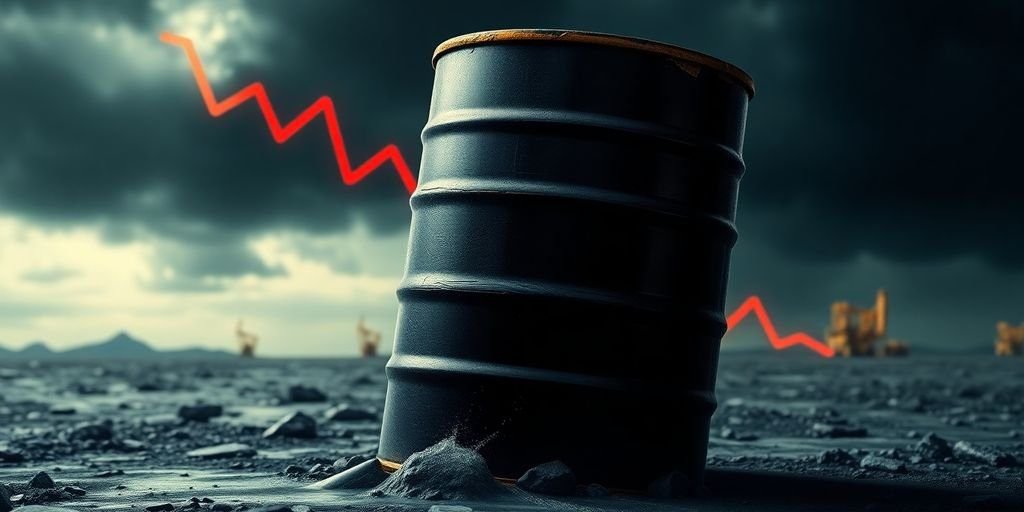What is Kondratieff Winter?
Kondratieff Winter is a term derived from the Kondratieff Wave theory, which explains long-term economic cycles spanning 40 to 60 years. It represents the deflationary period characterized by declining economic growth, falling asset prices, and stagnation. Named after the Russian economist Nikolai Kondratieff, this phase typically follows a prolonged period of economic expansion, marking the end of a full economic cycle.
Key Characteristics of Kondratieff Winter
During the Kondratieff Winter, economies face severe contractions. Businesses struggle with declining revenues, unemployment rates rise, and financial markets exhibit prolonged bearish trends. Additionally, it is a time marked by deleveraging, where households and corporations reduce their debt levels, further stalling economic growth. This period also sees an increased likelihood of bankruptcies and financial collapses.
Kondratieff Wave Theory and Its Phases
The Kondratieff Wave consists of four phases: Spring (expansion), Summer (peak), Autumn (stagnation), and Winter (contraction). The Winter phase is often considered the most challenging, with economies facing systemic issues such as deflation, banking crises, and societal unrest. Understanding these phases helps policymakers and investors anticipate long-term economic trends.
Historical Examples of Kondratieff Winter
Historical examples include the Great Depression of the 1930s and the Financial Crisis of 2008. Both periods displayed hallmark traits of Kondratieff Winter, such as widespread unemployment, deflationary pressures, and a collapse in financial institutions. Analyzing these instances provides insights into how economies recover and transition to the next cycle.
Impact of Kondratieff Winter on Financial Markets
The Kondratieff Winter profoundly impacts financial markets. Equity markets often experience prolonged downturns, while bonds, particularly government securities, may see increased demand as safe-haven assets. Commodities also tend to suffer due to reduced industrial demand. Investors often pivot to defensive sectors and strategies during this time.
Role of Technological Innovation in Ending Kondratieff Winter
Technological breakthroughs often act as catalysts for ending the Kondratieff Winter. Innovations can create new industries and opportunities, revitalizing economic activity and marking the transition to the next cycle. Examples include the rise of the internet in the late 20th century, which paved the way for new economic paradigms.
Societal and Political Implications of Kondratieff Winter
The societal impacts of Kondratieff Winter include increased inequality, social unrest, and shifts in political ideologies. Governments may implement significant policy changes, ranging from austerity measures to stimulus programs, aiming to stabilize economies. These shifts can lead to long-term structural transformations.
Monetary Policy Challenges During Kondratieff Winter
Central banks face unique challenges during Kondratieff Winter. Traditional tools like interest rate cuts may be less effective in combating deflationary pressures. Quantitative easing and unconventional monetary policies often come into play, but their long-term efficacy and side effects remain debated among economists.
Investment Strategies for Kondratieff Winter
Navigating the Kondratieff Winter requires prudent investment strategies. Diversification, focusing on defensive assets, and maintaining liquidity are critical. Precious metals like gold often gain appeal due to their historical role as a store of value during economic uncertainty.
Preparing for the Next Economic Cycle
Although Kondratieff Winter is marked by challenges, it also sets the stage for new opportunities. Businesses and individuals that adapt by embracing innovation and resilience strategies can emerge stronger. Understanding these cycles equips stakeholders to better navigate economic uncertainties







